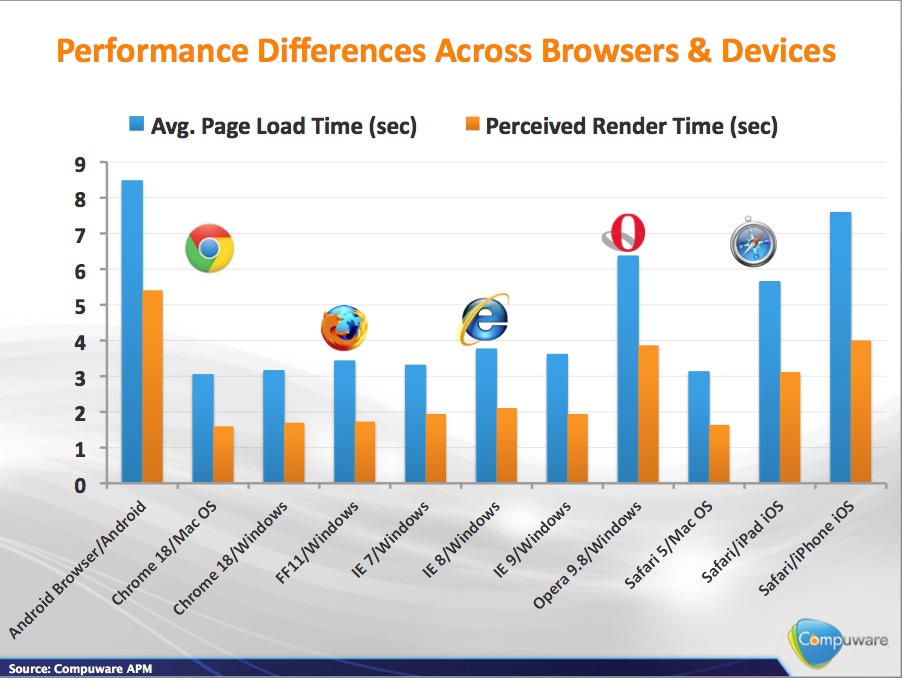 The bring-your-own-device trend has taken off, based largely on the popularity of iOS and Android smartphones and tablets. If there was ever a clear example of the consumerization of business technology, this is it, as witnessed by the sheer news coverage of the trend.
The bring-your-own-device trend has taken off, based largely on the popularity of iOS and Android smartphones and tablets. If there was ever a clear example of the consumerization of business technology, this is it, as witnessed by the sheer news coverage of the trend.
But the freedom associated with allowing employees to choose their devices comes at a price. Companies have opened up a Pandora’s box of potential technical issues, only some of which have come to light. Recently IBM’s CIO tightened the company’s BYOD restrictions on certain software apps, citing security problems. A Cisco Systems study also revealed BYOD is creating internal support issues at many enterprises.
A number of our customers have commented about the strain BYOD is placing on their technical teams. While BYOD offers flexibility and freedom, it also creates increased complexity at the edge of the Internet: Rather than optimizing for just one or a few devices, enterprises must now ensure good performance and quality experiences on many devices, as well as the applications that accompany them.
The control a company could exercise by limiting end-point technology is now all but gone, and along with it the ability to easily guarantee a quality end-user experience. The chart below provides a snapshot of just one culprit impacting user experience that is amplified by BYOD: the large number of web browsers and how differently they perform on various mobile and desktop devices.
This small sample shows average page load times for just a few of the hundreds of possible device/OS/browser combinations. Since many applications are delivered via the web (and much of the work of an application happens within the browser itself), how can an IT department ensure the application speed and availability that the business demands for so many variations? Not easily is the answer.
A large insurance customer of ours has gone the BYOD route, but their sales agents are now complaining that business-critical data, previously delivered quickly to one brand of company-issued mobile device, is no longer performing at needed speeds or availability levels. In this example, supporting BYOD is having a profound impact on the overall user experience, resulting in a decline of employee productivity while support costs increase.
Another byproduct of BYOD is the potential loss of performance “visibility.” Tracking and managing performance levels is now exponentially more difficult as many more devices and applications are in play. Once an issue with more consumer-facing businesses, BYOD has now made tracking a top concern for businesses of all kinds.
So while the BYOD concept is great for users, it’s not as simple as it appears. Expect more stories of BYOD’s growing challenges in the weeks ahead as enterprises deal with the additional complexities of supporting multiple devices. Also expect more businesses to place limits on the concept, so BYOD could become BYOD* (with an asterisk).
Lorenz Jakober is product marketing manager of Compuware’s APM business unit.
[Top image credit: Matthew Collingwood/Shutterstock]
VentureBeat's mission is to be a digital town square for technical decision-makers to gain knowledge about transformative enterprise technology and transact. Learn More


